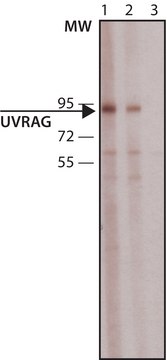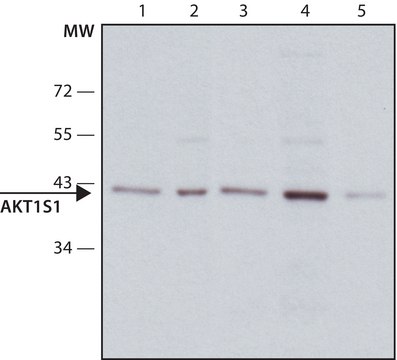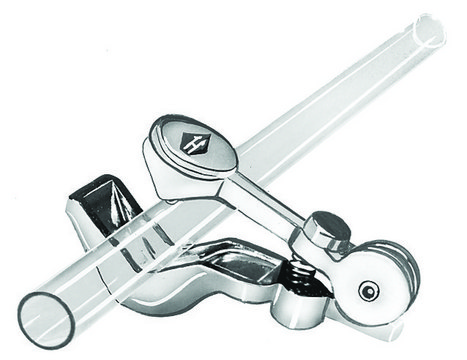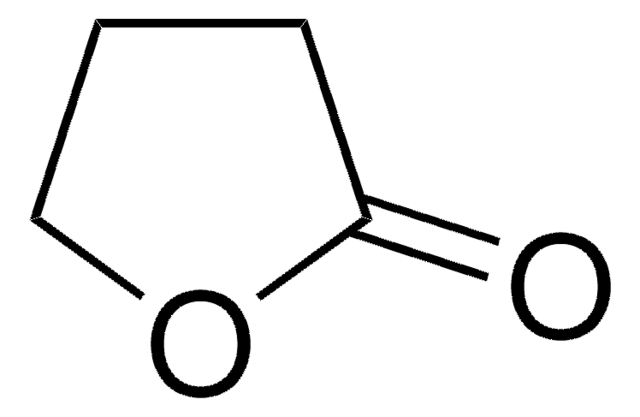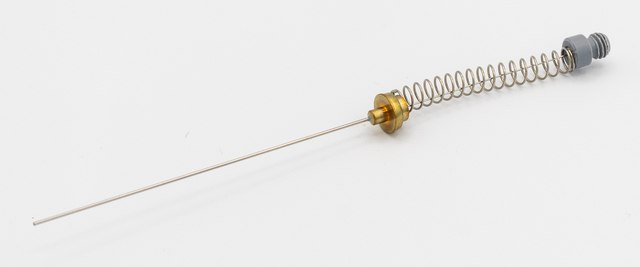AB2960
Anti-UVRAG Antibody
from rabbit, purified by affinity chromatography
Recommended Products
biological source
rabbit
antibody form
affinity isolated antibody
antibody product type
primary antibodies
clone
polyclonal
purified by
affinity chromatography
species reactivity
mouse, human, rat
technique(s)
immunocytochemistry: suitable
immunoprecipitation (IP): suitable
western blot: suitable
NCBI accession no.
UniProt accession no.
shipped in
wet ice
target post-translational modification
unmodified
Gene Information
human ... UVRAG(7405)
General description
Specificity
Immunogen
Application
Immunocytochemistry Analysis: A 1:500 dilution from a representative lot detected UVRAG in NIH/3T3 and A431 cells.
Apoptosis & Cancer
Apoptosis - Additional
Quality
Western Blot Analysis: 0.1 µg/mL of this antibody detected UVRAG in 10 µg of Raji cell lysate.
Target description
Physical form
Storage and Stability
Analysis Note
Raji cell lysate
Other Notes
Disclaimer
WGK
WGK 1
Flash Point(F)
Not applicable
Flash Point(C)
Not applicable
Certificates of Analysis (COA)
Search for Certificates of Analysis (COA) by entering the products Lot/Batch Number. Lot and Batch Numbers can be found on a product’s label following the words ‘Lot’ or ‘Batch’.
Already Own This Product?
Find documentation for the products that you have recently purchased in the Document Library.
Articles
Autophagy is a regulated process involved in cell growth, development, and recycling of cytoplasmic components in cells.
Our team of scientists has experience in all areas of research including Life Science, Material Science, Chemical Synthesis, Chromatography, Analytical and many others.
Contact Technical Service